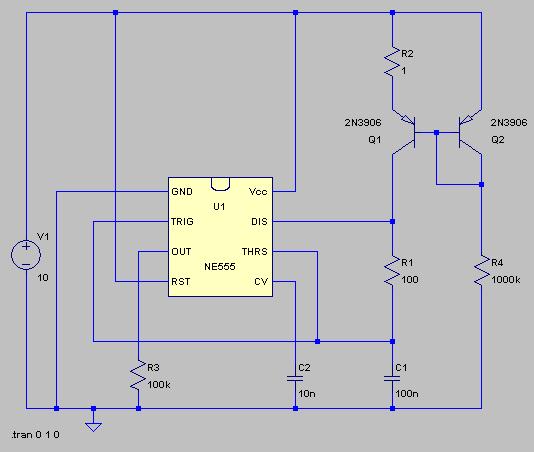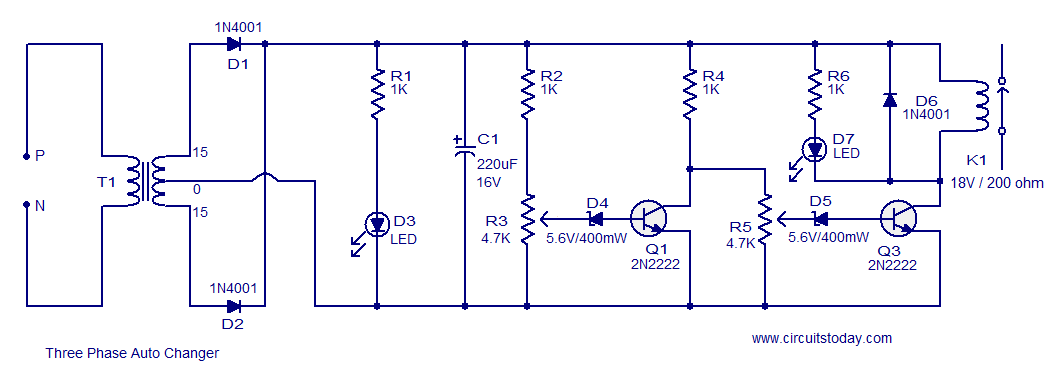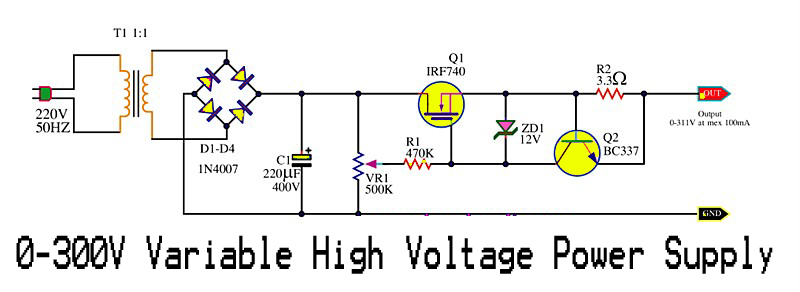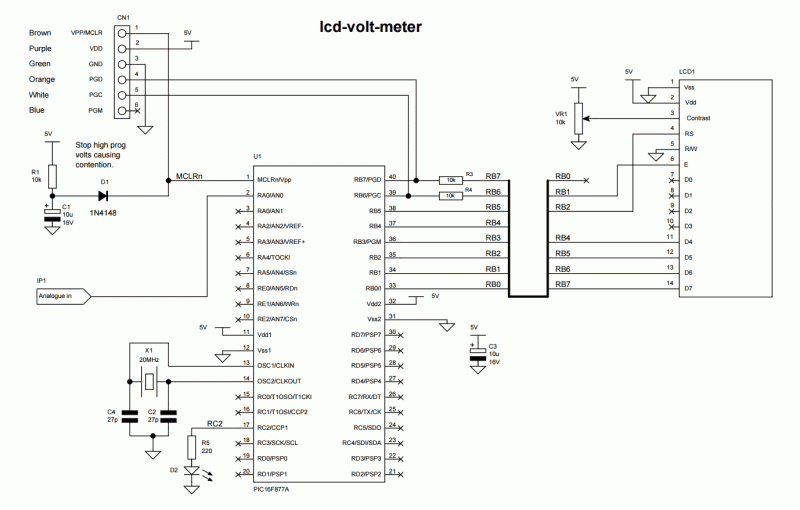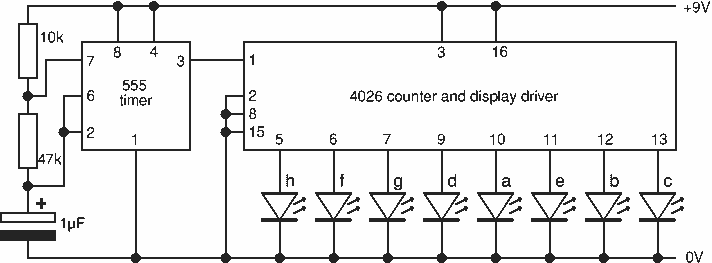
simple water level buzzer circuit

This is a straightforward water level buzzer circuit designed to detect the water level in tanks, pools, washing machines, and similar applications. The circuit features two probes that, upon contact with water, trigger the buzzer to emit a sound. It is an economical design that requires only a few components, including a buzzer, a transistor, a 300K variable resistor, and a 9V battery or power supply. The circuit utilizes a BC547B NPN transistor, though alternative general-purpose transistors such as the 2N2222 or 2N3904 can also be employed. The operation of the water level sensor is uncomplicated; the transistor functions as a switch that activates when the probes detect water, allowing voltage to flow through the transistor and subsequently activating the buzzer.
The water level buzzer circuit operates on a simple principle of conductivity. Two probes are placed at predetermined levels within the water tank or container. When water bridges the gap between these probes, it completes the circuit. The presence of water lowers the resistance between the probes, allowing current to flow. This current is directed to the base of the NPN transistor, in this case, the BC547B.
In this configuration, the transistor acts as a switch. When the probes are submerged in water, the transistor turns on, allowing current to flow from the collector to the emitter. This current flow activates the buzzer connected to the circuit, producing an audible alert. The use of a variable resistor allows for adjustment of the sensitivity of the probes, enabling the circuit to be tailored for different applications, such as varying water levels in different types of tanks or containers.
The overall design of the circuit is compact and cost-effective, making it suitable for DIY projects and educational purposes. The use of general-purpose transistors ensures that the circuit can be easily replicated using readily available components. Additionally, the low power requirement of the circuit allows it to be powered by a standard 9V battery or a compatible power supply, enhancing its versatility for various applications related to water level monitoring.Here is a simple water level buzzer circuit which can be used to detect or sense the level of water in tank, pool, washing machines etc. When the two probes shown in this water level indicator circuit will detect water the buzzer will start producing sound.
The circuit is very simple and low cost using only few parts like Buzzer, Transistor, 300K variable resistor and a 9V battery or power supply. The circuit is using BC547B NPN transistor but you can use any other general purpose transistor in the place of this transistor like 2N2222 or 2N3904. Working of this water level sensor is simple; the transistor used in the circuit is working as a switch.
When the two probes detect water the transistor becomes switched on and as a result the voltage start passing through the transistor, which will activate the buzzer. 🔗 External reference
The water level buzzer circuit operates on a simple principle of conductivity. Two probes are placed at predetermined levels within the water tank or container. When water bridges the gap between these probes, it completes the circuit. The presence of water lowers the resistance between the probes, allowing current to flow. This current is directed to the base of the NPN transistor, in this case, the BC547B.
In this configuration, the transistor acts as a switch. When the probes are submerged in water, the transistor turns on, allowing current to flow from the collector to the emitter. This current flow activates the buzzer connected to the circuit, producing an audible alert. The use of a variable resistor allows for adjustment of the sensitivity of the probes, enabling the circuit to be tailored for different applications, such as varying water levels in different types of tanks or containers.
The overall design of the circuit is compact and cost-effective, making it suitable for DIY projects and educational purposes. The use of general-purpose transistors ensures that the circuit can be easily replicated using readily available components. Additionally, the low power requirement of the circuit allows it to be powered by a standard 9V battery or a compatible power supply, enhancing its versatility for various applications related to water level monitoring.Here is a simple water level buzzer circuit which can be used to detect or sense the level of water in tank, pool, washing machines etc. When the two probes shown in this water level indicator circuit will detect water the buzzer will start producing sound.
The circuit is very simple and low cost using only few parts like Buzzer, Transistor, 300K variable resistor and a 9V battery or power supply. The circuit is using BC547B NPN transistor but you can use any other general purpose transistor in the place of this transistor like 2N2222 or 2N3904. Working of this water level sensor is simple; the transistor used in the circuit is working as a switch.
When the two probes detect water the transistor becomes switched on and as a result the voltage start passing through the transistor, which will activate the buzzer. 🔗 External reference
